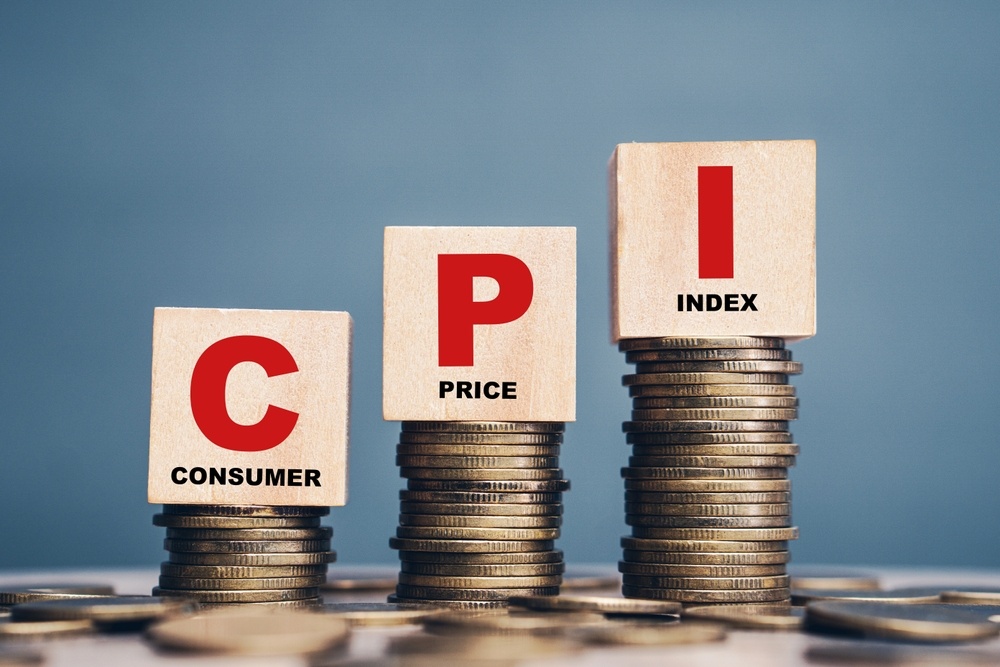US April PPI beats expectations, market estimates CPI data to slow
The Producer Price Index (PPI) in the United States increased in April, but core components showed weakened inflationary pressures, and the market is waiting for the upcoming release of Consumer Price Index (CPI) data.

The Producer Price Index (PPI) in the United States increased in April, but core components showed weakened inflationary pressures, and the market is waiting for the upcoming release of Consumer Price Index (CPI) data.
Overall data analysis: In April, the Producer Price Index (PPI) in the United States increased by 0.5% compared to the previous month, mainly driven by the service industry. The growth rate in March was revised to a decrease of 0.1%. Compared to the same period last year, the annual growth rate of PPI is the highest since April 2023. After the data was released, the stock index futures turned from down to up, and the yield of US treasury bond bonds fell after a short rise.
Core inflation analysis: In the PPI report, the personal consumption expenditure (PCE) price index shows a relief in pressure. Among them, the cost of outpatient care in hospitals decreased by 0.1%, airfare prices decreased by 3.8%, doctor care prices slightly increased, and the price of portfolio management services increased by 3.9%.
April CPI expectation: In April, the core CPI of the United States is expected to grow by 0.3%, which is a decrease from the monthly growth rate of 0.4% in the first quarter. This is the first slowdown in the past six months, providing hope that price pressures may ease again. However, compared to April 2023, the core CPI is expected to rise by 3.6%, the smallest annual growth in three years. However, this growth rate is still too fast for Federal Reserve officials as they want to see significant and sustained slowdown in inflation.
Although core inflation has shown a downward trend, the overall CPI has continued to climb at a rate of 0.4% in the past three months, partly due to gasoline prices reaching a six-month high and persistent rental inflation. Although core commodity prices have generally shown a decline, the cost of basic services remains high, which explains the stubbornness of inflation in the first quarter.
The measurement of housing costs in CPI and their impact on inflation: The rise in housing prices and rents has a significant impact on the US CPI, but due to the fact that the US Bureau of Labor Statistics only checks rent every six months, the increase reflected in the data may be delayed, and the lagging CPI leads to overestimation of inflation.
Inflation outlook and market response: With April's PPI data and expected upcoming CPI, the market continues to pay attention to the future direction of the Federal Reserve's monetary policy. Currently, the Federal Reserve has maintained its benchmark interest rate at its highest level in over 20 years since July last year. The unexpected inflation data so far this year has delayed the market's expected rate cut until the second half of 2024.
Disclaimer: The views in this article are from the original Creator and do not represent the views or position of Hawk Insight. The content of the article is for reference, communication and learning only, and does not constitute investment advice. If it involves copyright issues, please contact us for deletion.